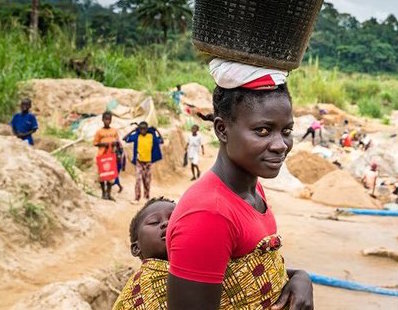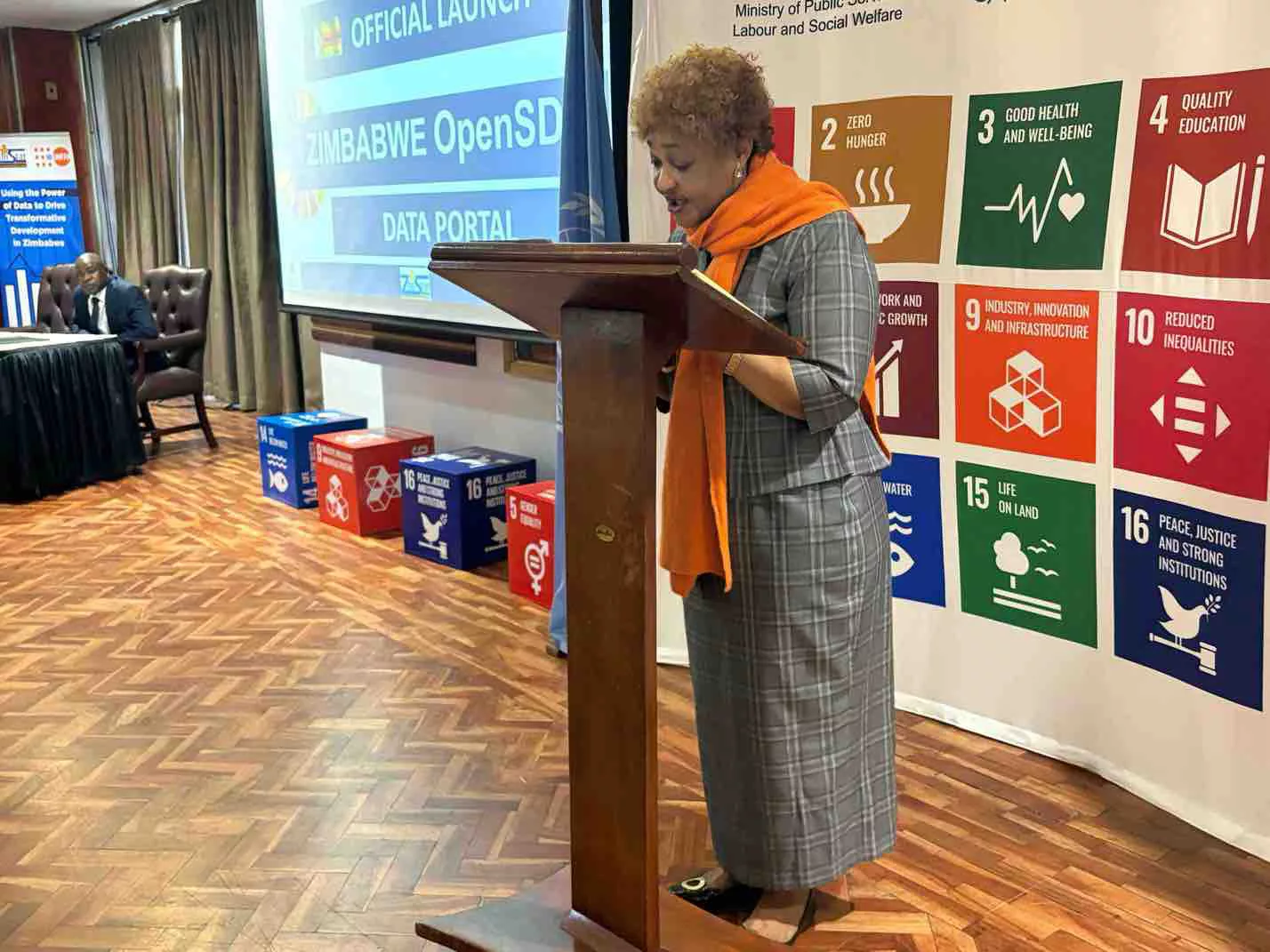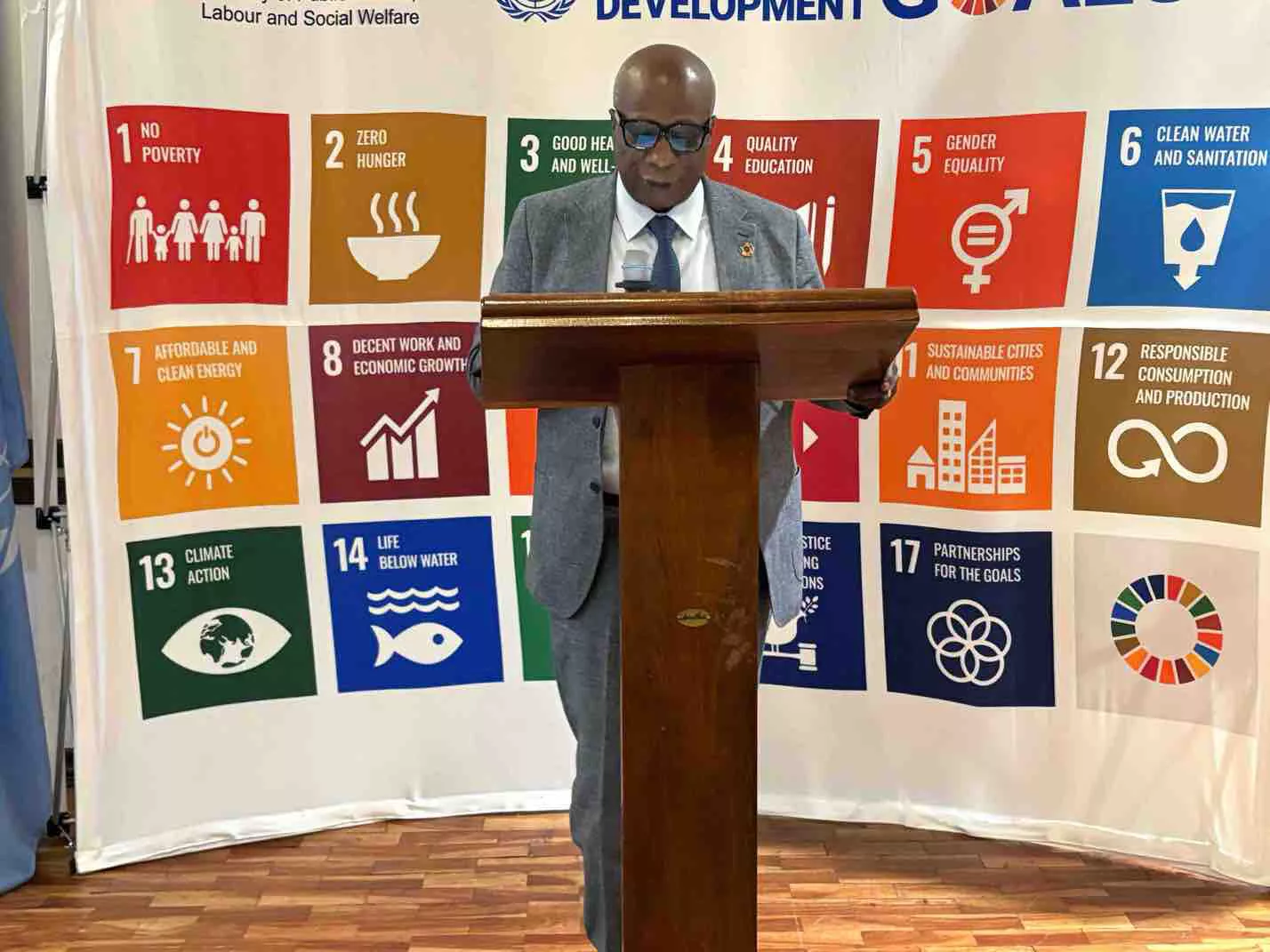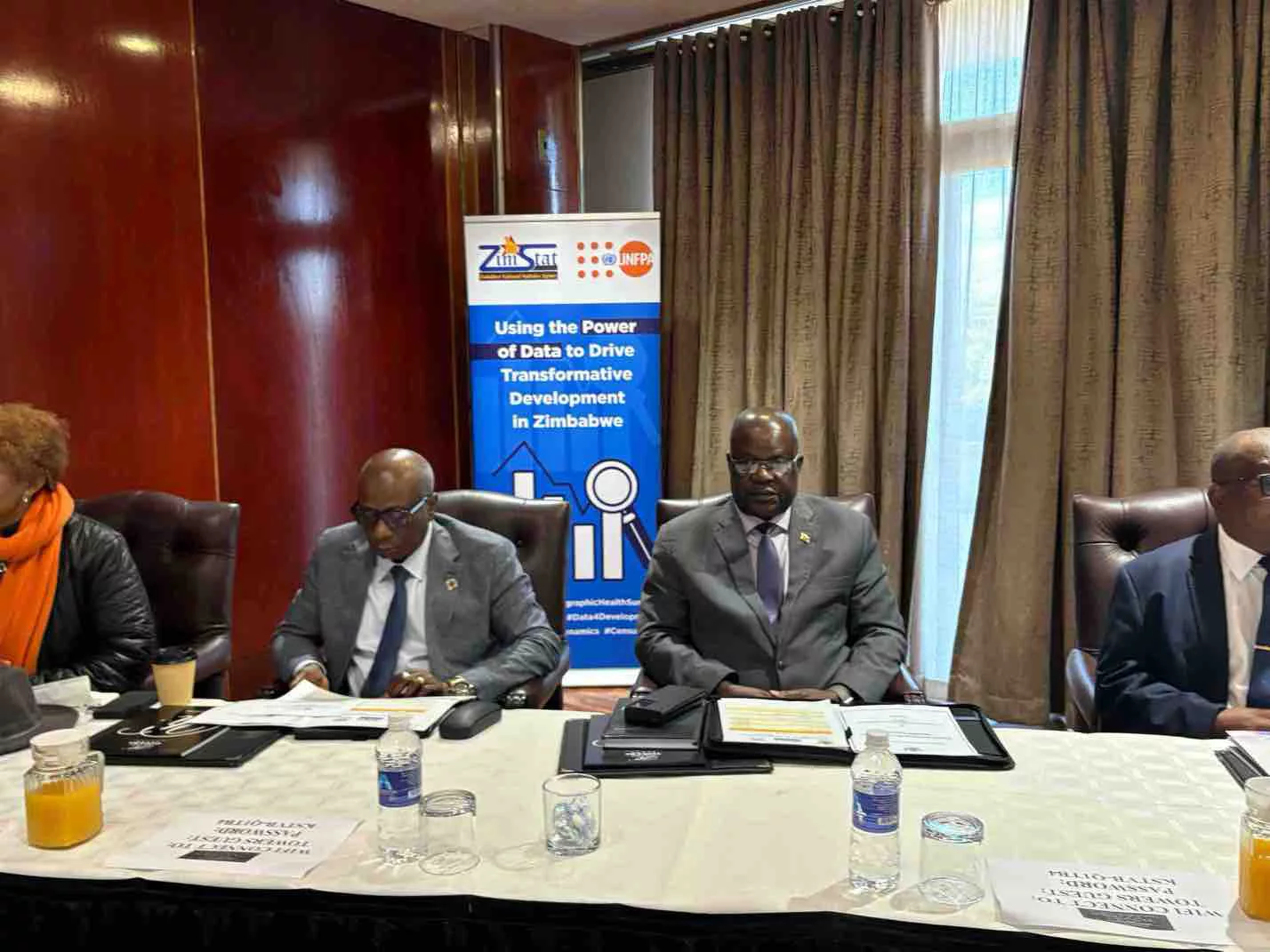|
Getting your Trinity Audio player ready...
|
By Masutane Modjadji (SARW Communication Officer)
As we mark World Day Against Child Labour, which is commemorated annually on the 12th of June, the Southern Africa Resource Watch (SARW) would like to add its voice on calls towards ending all forms of child labour. This year’s theme “Universal Social Protection to End Child Labour”, calls for social protection systems and schemes that ensure the protection of children from child labour.
SARW denounces all forms of child labour and is concerned by the fact that sub-Sahara Africa has more children in child labour than anywhere else in the world. Although the agriculture and mining sector remain key for economic growth for Africa, the high rates of child labour in these sectors require urgent attention. It is estimated that over a million children work in mines and quarries, with child labour most practised in artisanal and small-scale mines.
With only three years left to achieve the Target 8.7 of the UN Sustainable Development Goals which calls for an end to child labour in all its forms by 2025, there is still need for intensified action. The recent COVID-19 pandemic eroded some of the progress that had been achieved in reducing child labour. As countries took measures to contain the spread of the COVID-19, out of school children went to work to help support their families. According to a 2021 report by International Labour Organisation and the UNICEF, 160 million girls and boys remain in child labour, half of whom are in hazardous work. The report states that child labour increased by 8.9 million, entirely among children aged 5-11 during the 2016-2020 period.
The child labour scourge is prevalent in mining host communities such as the Democratic Republic of Congo, a country that has the world’s largest reserves of cobalt, a rare mineral critical in the manufacturing of batteries for commonly used electronic devices. The high demand for this mineral has seen more families encouraging children to work in the mines to supplement family incomes or support their relatives. It is estimated that 20% of the mines in the DRC are artisanal and small-scale mines and most of them use the services of children.
A webinar hosted in April 2022 by the Southern Africa Resource Watch (SARW) with experts from UNICEF, World Vision, International Labour Organisation, Carter Centre and the DRC’s Secretary-General of Mines on the panel revealed weak coordination of efforts to combat child labour. During the dialogue, participants heard that the causes of child labour ranged from the proximity of mines to human habitation, poverty, parental ignorance and the lack of legal frameworks.
Growing economic insecurity and lack of access to education have been linked to child labour in the mines in countries like Zambia and Zimbabwe. In Zambia children working in artisanal mines are exposed to lead which impacts their health in the short and long term. In Zimbabwe, child rights activists have called out Chinese mining companies that are alleged for exploiting minors by employing them in the mines.
Last month at the 5th Global Conference on the Elimination of Child Labour held in South Africa, delegates adopted the “Durban Call to Action” which emphasizes the need for urgent action to end child labour and accelerate progress on ending child labour, after years of reversal due to the consequences of the COVID-19 pandemic and other global vulnerabilities.






